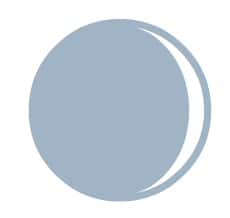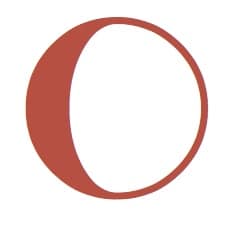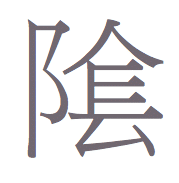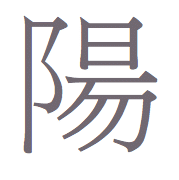
The theory of Yin and Yang is one of the central philosophies in East Asian medicine, and a guide for diagnosis and treatment in acupuncture, herbal treatment, and Asian styles of massage. It is a way of looking at nature and the human body as pairs of opposite, but complementary features.
“Yin-Yang theory is based on the philosophical construct of two polar complements, call Yin and Yang. These complementary opposites are neither forces nor material entities. Nor are they mythical concepts that transcend rationality. Rather, they are convenient labels used to describe how things function in relation to each other and the universe.”
Ted Kaptchuk, The Web that Has No Weaver

The idea that all phenomena can be considered in terms of Yin and Yang was first referenced in the I Ching,or Book of Changes, from approximately 700 BC. It is a way of viewing objects and actions in relation to one another, or to a larger whole. This system of looking at things in terms of relationships rather than as isolated phenomena developed from observing the environment, particularly the cyclic nature of day and night, and the progression of seasons.
Yin
The character for Yin indicates ‘hill’ and ‘cloud’, meaning ‘the shady side of the hill’. Yin characteristics tend to be dark, cold, dense, and still.
Yang
Character indicates ‘sun’, ‘over the horizon’, and ‘rays of light’, or ‘the sunny side of the hill’. Yang characteristics tend to be bright, warm, light, and active.
“Yin and Yang are two stages of a cyclical movement, one constantly changing into the other, such as the day giving way to night and vice versa.”
Giovanni Maciocia
| Yin | Yang |
| Dark | Light |
| Moon | Sun |
| Shade | Brightness |
| Activity | Rest |
Health is a state of homeostasis, or balance, between yin and yang, heat and cold, action and rest.
| Yin Symptoms | Yang Symptoms |
| Chronic | Acute |
| Gradual Onset | Rapid Onset |
| Slow Changes | Rapid Changes |
| Cold | Heat |
| Fatigue | Restlessness |
| Pale | Red |
| Quiet | Loud |
| Not Thirsty | Thirsty |
| Weak Pulse | Strong Pulse |
In East Asian medicine, Yin and Yang are diagnostic tools that are helpful in looking at a person’s constitution and array of symptoms. Yang qualities tend to occur with other Yang qualities, and respond well to Yin treatments, while Yin qualities tend to occur with other Yin qualities, and respond to Yang treatments. For example, a person with a tendency to feel cold (Yin), will also tend to suffer from fatigue (also Yin), and respond well to Yang treatments, such as a warming herb like ginger. Yin and Yang are useful as paradigms to understand symptoms and disease, and act as guides to which treatment will be most effective for each patient.
Your Initial Consultation is Free.
Come in and meet us in person. Learn more about our approach and what we do. The free consultation is an opportunity to review your health history and goals and see if you’re comfortable with our philosophy and recommendations.





